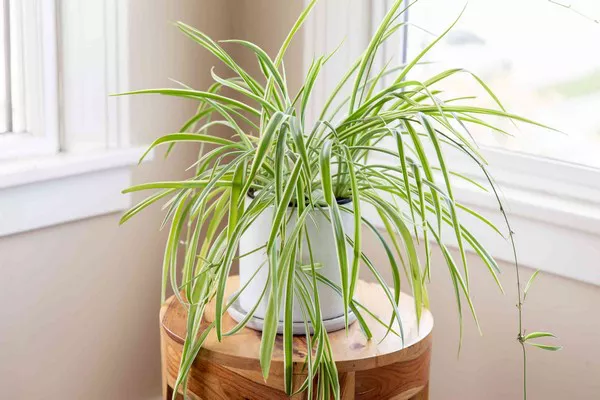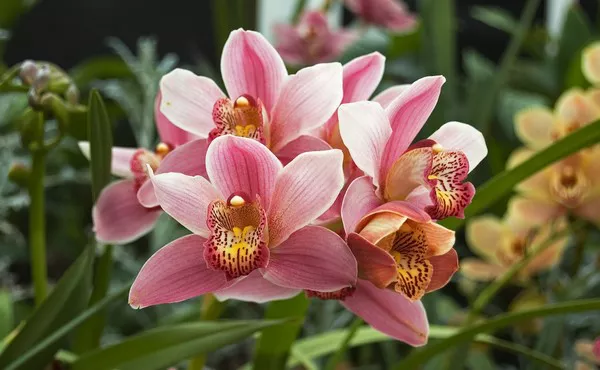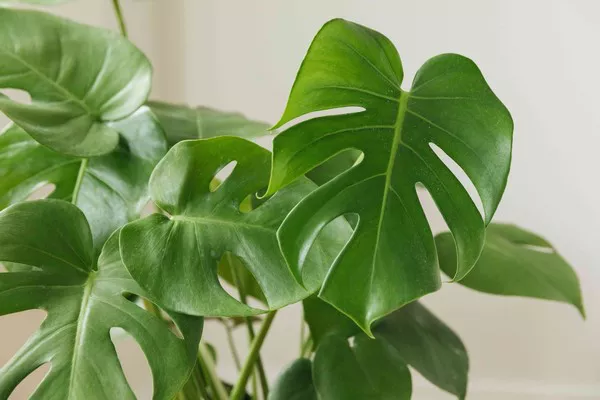Top 10 Best Potted Plants for Hummingbirds in the World
1. Salvia (Sage)
Scientific Name: Salvia spp.
Why It’s Great for Hummingbirds: Salvias are one of the most attractive plants for hummingbirds due to their tubular-shaped flowers that are rich in nectar. The genus includes many varieties, from the bold red blooms of Scarlet Sage to the delicate purple flowers of Mexican Bush Sage. Salvias thrive in containers, especially in well-drained soil, making them ideal for potted arrangements.
Care Tips:
Sunlight: Full sun to partial shade.
Watering: Moderate; water when the top layer of soil is dry.
Hardiness Zones: 5-9.
Salvias are drought-tolerant and easy to maintain, making them a favorite choice for hummingbird enthusiasts who want low-maintenance yet effective plants.
2. Fuchsia
Scientific Name: Fuchsia spp.
Why It’s Great for Hummingbirds: Known for their colorful, drooping flowers, fuchsias are magnets for hummingbirds. Their nectar-rich, tubular flowers come in striking shades of red, pink, purple, and white, providing an eye-catching display in any garden. Fuchsias do well in hanging baskets, which allow their flowers to cascade attractively while providing easy access for hummingbirds.
Care Tips:
- Sunlight: Partial to full shade.
- Watering: Keep the soil consistently moist.
- Hardiness Zones: 7-10.
Hummingbirds are particularly fond of the vibrant, pendulous blooms of fuchsia plants. Keep them well-watered to ensure continuous flowering.
3. Trumpet Vine (Campsis)
Scientific Name: Campsis radicans
Why It’s Great for Hummingbirds: Trumpet vines are named for their large, trumpet-shaped flowers that come in bright colors like red, orange, and yellow. These blooms are filled with nectar, making them highly attractive to hummingbirds. While trumpet vines can grow vigorously in the garden, they can also be managed in pots with regular pruning to prevent them from becoming too large.
Care Tips:
- Sunlight: Full sun.
- Watering: Moderate; allow the soil to dry slightly between waterings.
- Hardiness Zones: 4-9.
For a dramatic and hummingbird-friendly display, consider growing trumpet vine in a large container with a trellis for support.
See Also: Top 10 Most Toxic Trees in the World
4. Petunia
Scientific Name: Petunia spp.
Why It’s Great for Hummingbirds: Petunias are a versatile, easy-to-grow annual that produces an abundance of bright, trumpet-shaped flowers throughout the growing season. Available in a wide range of colors, including red, purple, pink, and white, petunias are highly attractive to hummingbirds. They are perfect for potted arrangements, hanging baskets, or window boxes.
Care Tips:
- Sunlight: Full sun.
- Watering: Keep the soil moderately moist.
- Hardiness Zones: Annual in most zones, but perennial in zones 9-11.
The continuous blooming of petunias ensures hummingbirds will have a steady supply of nectar during the warmer months.
5. Honeysuckle (Lonicera)
Scientific Name: Lonicera spp.
Why It’s Great for Hummingbirds: Honeysuckle is a sweet-scented plant with tubular flowers that are beloved by hummingbirds. The climbing variety, which can be grown in pots with a trellis or other support, produces long-lasting flowers in colors ranging from red and orange to yellow and white.
Care Tips:
- Sunlight: Full sun to partial shade.
- Watering: Moderate, with good drainage.
- Hardiness Zones: 4-9.
For the best hummingbird attraction, look for varieties like Lonicera sempervirens, which has red flowers and a high nectar content.
6. Bee Balm (Monarda)
Scientific Name: Monarda didyma
Why It’s Great for Hummingbirds: Bee balm, also known as wild bergamot, is another plant with tubular flowers perfect for hummingbirds. Its blooms come in shades of red, pink, purple, and white, creating a striking addition to any potted arrangement. Bee balm flowers are rich in nectar and produce a pleasant fragrance that also attracts bees and butterflies.
Care Tips:
- Sunlight: Full sun to partial shade.
- Watering: Keep soil consistently moist.
- Hardiness Zones: 3-9.
Bee balm is also resistant to pests and diseases, making it a low-maintenance plant for hummingbird-friendly gardens.
7. Zinnia
Scientific Name: Zinnia elegans
Why It’s Great for Hummingbirds: Zinnias are fast-growing, brightly colored flowers that are a favorite of both hummingbirds and gardeners. Their bold red, pink, and orange blooms are easy for hummingbirds to spot, and they produce ample nectar to sustain these tiny birds. Zinnias grow well in pots and flower profusely, making them an ideal addition to any container garden.
Care Tips:
- Sunlight: Full sun.
- Watering: Allow soil to dry out between waterings.
- Hardiness Zones: Annual in most zones.
Zinnias are also great cut flowers, so you can enjoy them indoors while still leaving plenty for the hummingbirds.
See Also: Top 10 Best Plants for Someone Grieving
8. Lantana
Scientific Name: Lantana camara
Why It’s Great for Hummingbirds: Lantana produces clusters of small, tubular flowers that are irresistible to hummingbirds. The flowers come in shades of yellow, orange, red, and pink, often changing colors as they age. Lantana plants are heat-tolerant and thrive in containers, making them perfect for potted gardens in sunny locations.
Care Tips:
- Sunlight: Full sun.
- Watering: Moderate; drought-tolerant once established.
- Hardiness Zones: 8-11.
Lantana is also highly resistant to pests, which makes it an easy-to-grow choice for novice gardeners.
9. Cardinal Flower (Lobelia)
Scientific Name: Lobelia cardinalis
Why It’s Great for Hummingbirds: The cardinal flower is known for its bright red, tubular flowers that attract hummingbirds from afar. Native to North America, this perennial plant thrives in moist conditions and can be grown in large pots or containers. Its striking red blooms make it a favorite among gardeners looking to add color and attract hummingbirds.
Care Tips:
- Sunlight: Full sun to partial shade.
- Watering: Keep soil consistently moist.
- Hardiness Zones: 3-9.
The cardinal flower blooms from late summer into fall, providing nectar for hummingbirds during their migration.
10. Agastache (Hummingbird Mint)
Scientific Name: Agastache spp.
Why It’s Great for Hummingbirds: Agastache, also known as hummingbird mint, is a tall, fragrant perennial that produces spikes of tubular flowers in colors like purple, pink, and orange. As its common name suggests, hummingbirds are particularly attracted to this plant. Agastache is drought-tolerant and thrives in containers, making it a versatile option for potted gardens.
Care Tips:
- Sunlight: Full sun.
- Watering: Low; drought-tolerant once established.
- Hardiness Zones: 5-10.
Agastache not only attracts hummingbirds but also butterflies and bees, making it a pollinator-friendly plant that adds beauty and life to your garden.
Conclusion
Creating a hummingbird-friendly environment doesn’t require a sprawling garden. With the right selection of potted plants, you can easily attract these fascinating birds to your home, no matter how much space you have. The top 10 plants listed above are excellent options for providing nectar and shelter to hummingbirds, all while adding vibrant colors and textures to your outdoor space.
Remember to place your potted plants in locations that receive ample sunlight, and provide fresh water sources to encourage hummingbirds to stay. With proper care and a variety of flowering plants, your garden or patio will become a hummingbird haven in no time.
You Might Be Interested In:



![10 Most Richest Cities in the United States [Revealed!]](https://www.validdownloads.com/wp-content/uploads/2023/12/Manjula-Pothos.webp)




















